A Young Woman in Profile
Signed with the monogram lower right
Pencil on grey-blue paper
17.7 x 11.5 cm
Framed : 36.5 x 27 cm
This drawing shows Bida's technical mastery of design. The rendering of shadows and, above all, light is remarkable. This remarkable mastery is at the service of her sensitivity, which allows us to share his intimacy with the model, this young woman captured as if by stealth, in profile.
Alexandre Bida was born in Toulouse (Haute-Garonne) on 3 October 1813 and died in Lautenbach (Haut-Rhin) on 2 January 1895.
After studying Greek and Latin, at the age of 22 he decided to devote himself to his passion for drawing.
He moved to Paris and joined Eugène Delacroix's studio. Little is known about their collaboration, but it is possible that Delacroix was the first to pass on to him his unfailing love of the Orient.
From 1843 onwards, he made his first trip to the Orient, venturing to Greece, Turkey and Syria.
His first Orientalist drawings were sent to the Salon of 1847; from then on he never stopped participating in the Salon.
In 1850 he travelled to Egypt, which inspired two lithographic collections of Oriental types.
His third trip was the most fruitful, and he brought back studies for the works he would present at the 1857 and 1859 Salons.
His fourth trip to the Holy Land was the subject of a contract with Hachette. He travelled with Georges Hachette and was to bring back archaeological documents and studies for his illustration of The Bible. This project kept him busy for twenty years.
In 1867, he presented his drawing Le Massacre des mameluks (The Massacre of the Mamluks), an evocation of the massacre of 1 March 1811 in Cairo, which is now in the Louvre Museum, Department of Graphic Arts.
The Orient thus represented the source and centre of his work.
"Mr Bida doesn't paint; it's true that he doesn't need to. His drawings are coloured like Decamps or Marilhat. With black and white, he has succeeded in rendering the light, the burning heat and the brilliance of these beautiful sun-drenched regions" Théophile Gautier.
Literature :
Michèle Malembits Alexandre Bida, un Orient en noir et blanc, Histoire de l'Art année 2002, n°51 pp 101-113



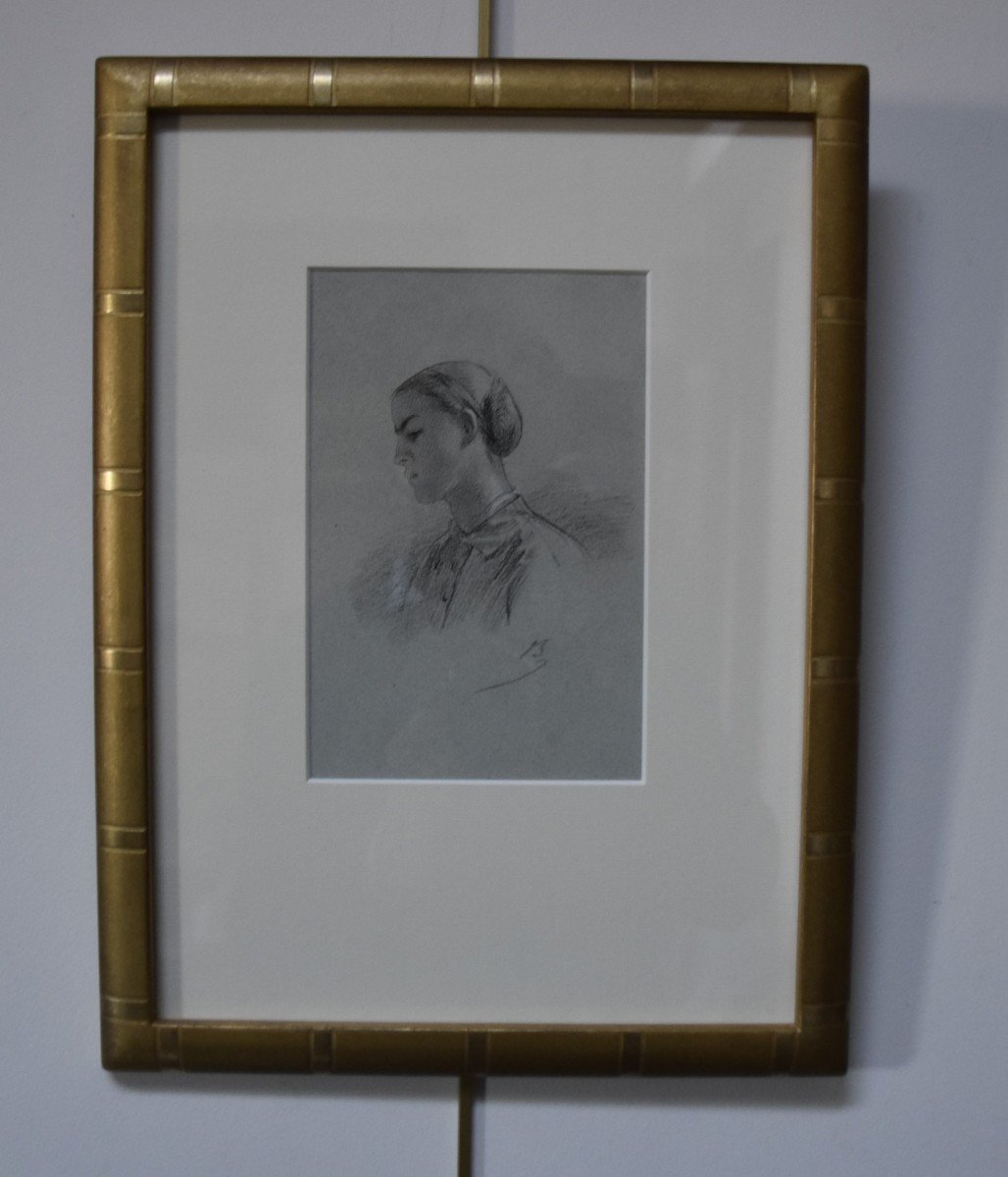
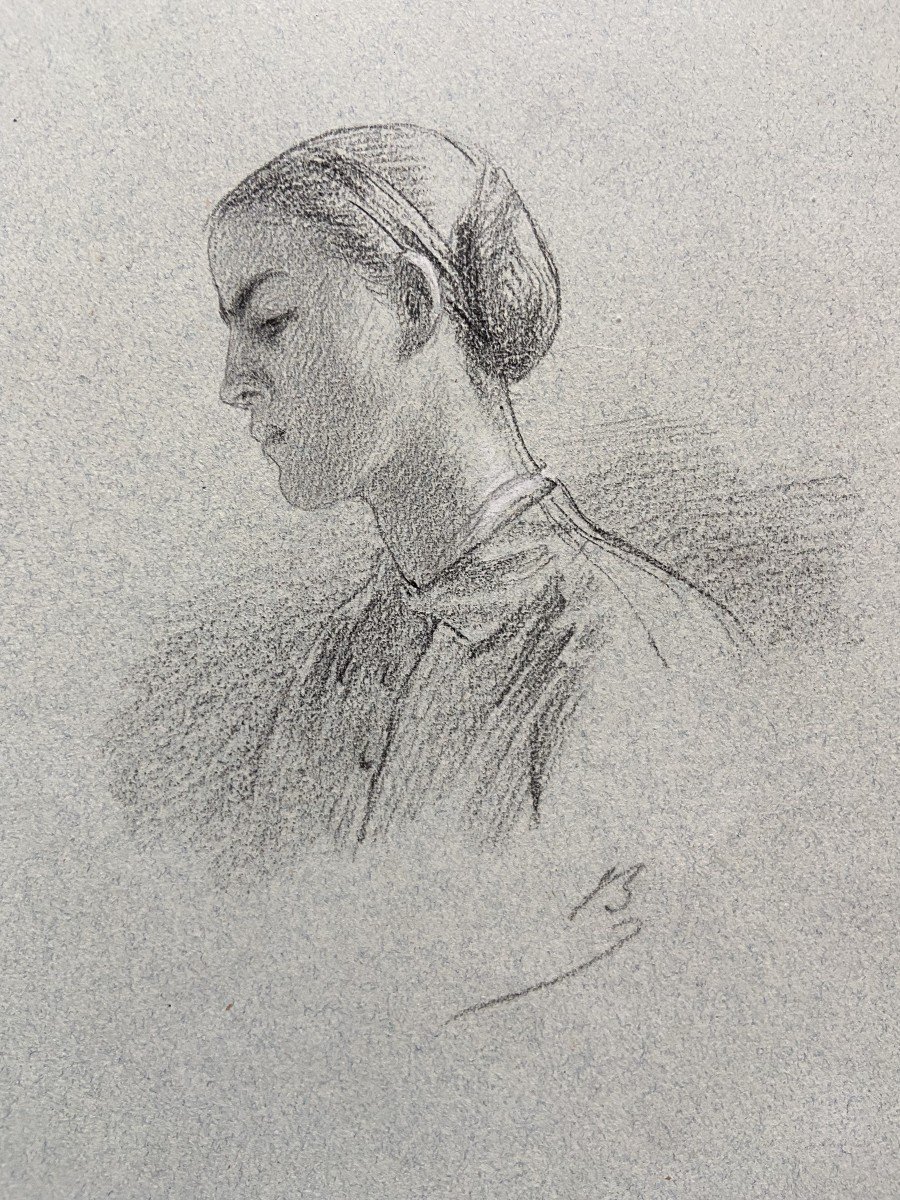


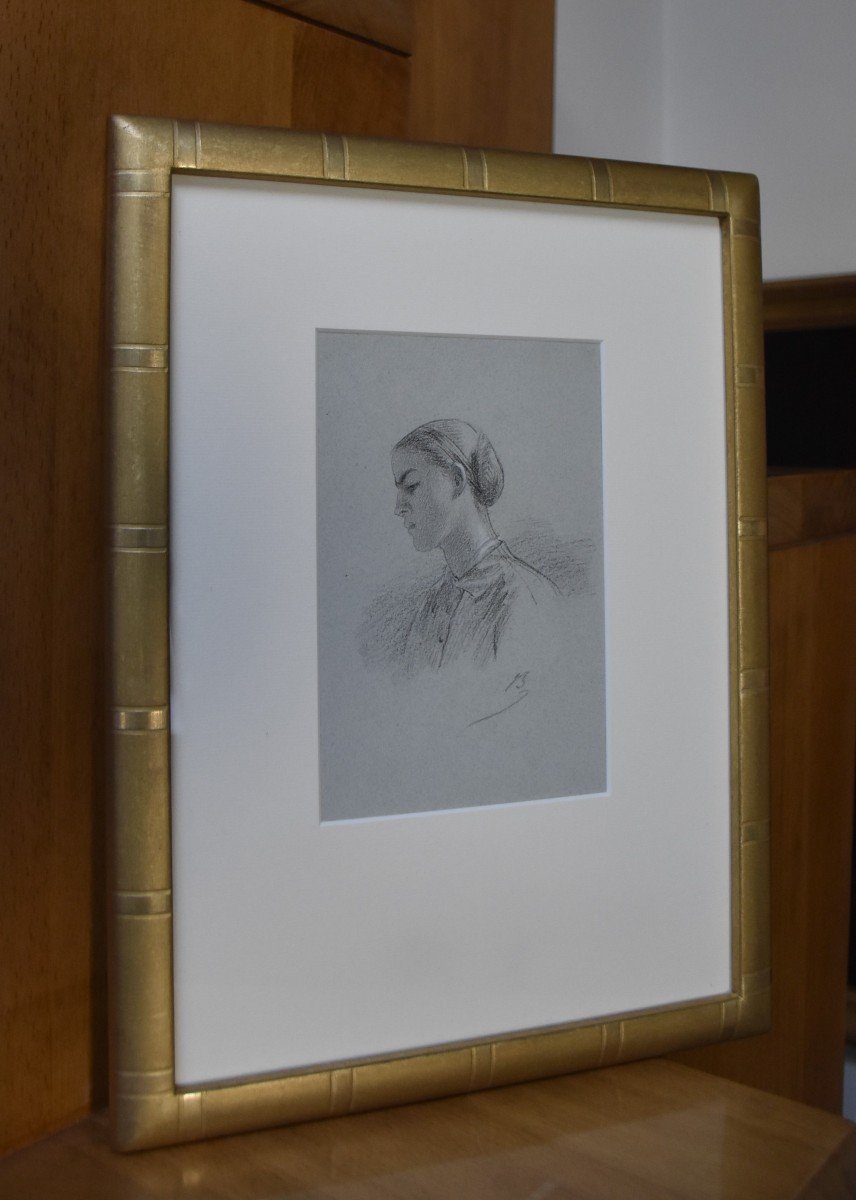
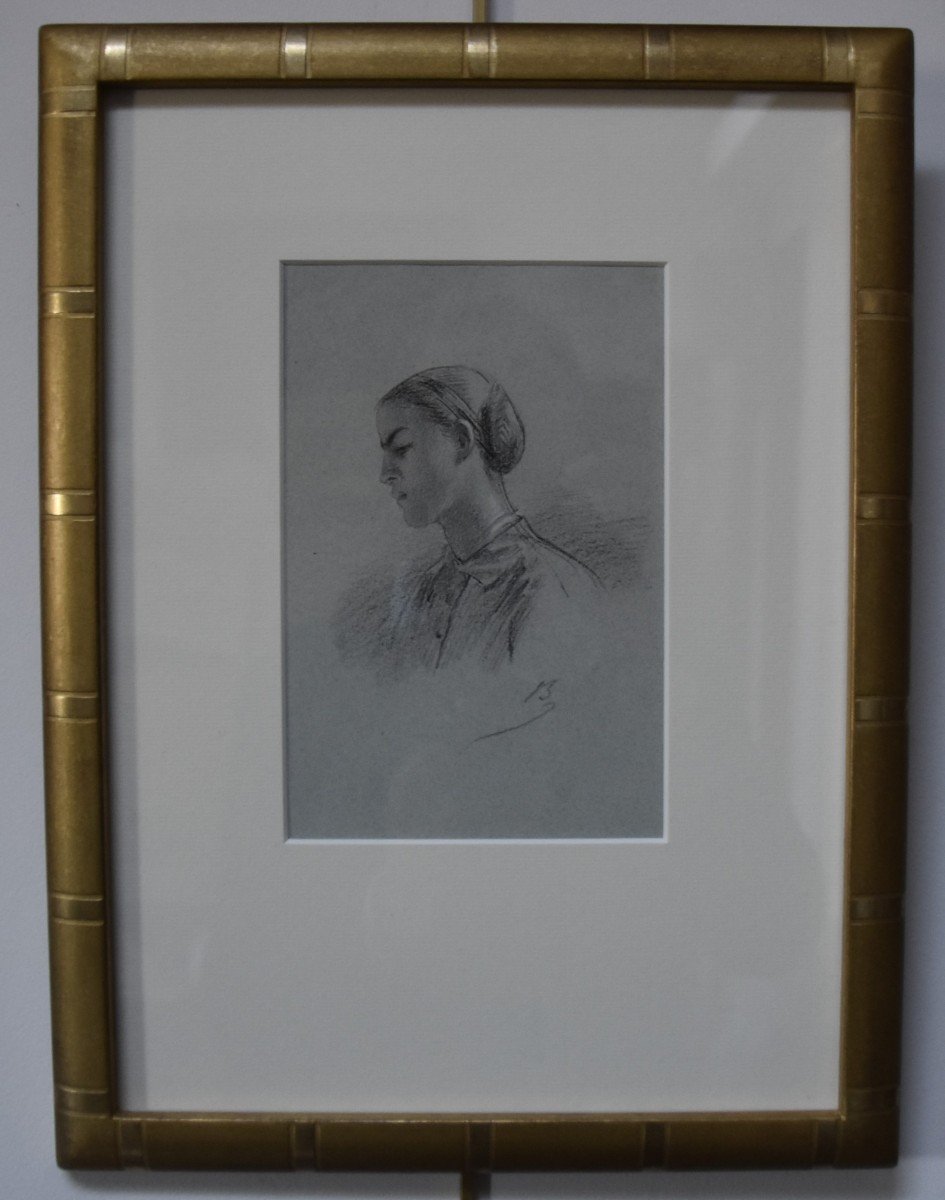
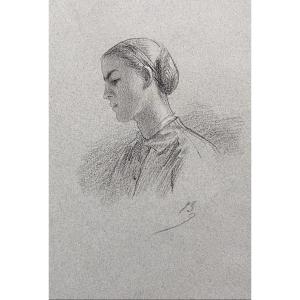









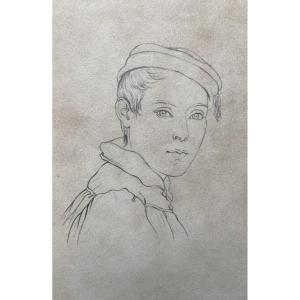
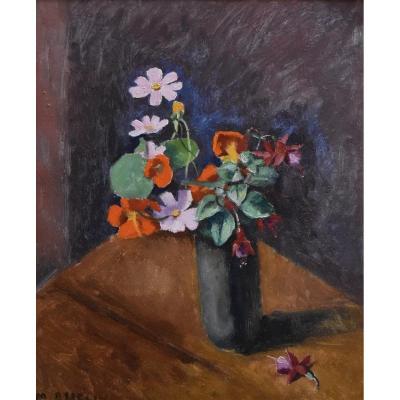
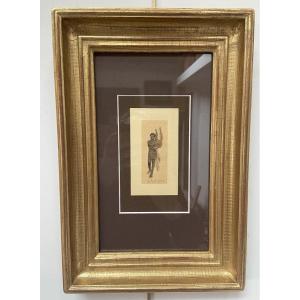

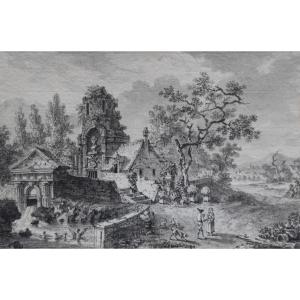
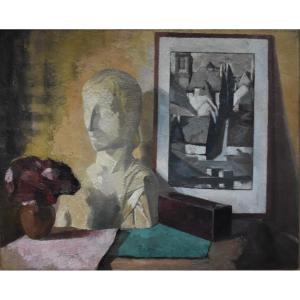







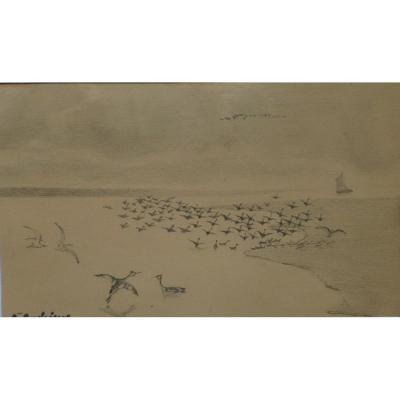

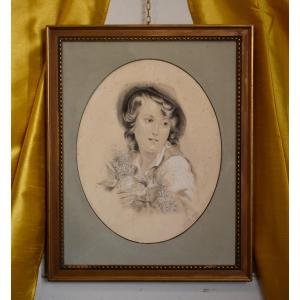

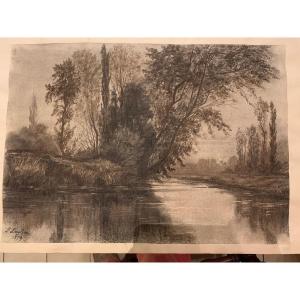



 Le Magazine de PROANTIC
Le Magazine de PROANTIC TRÉSORS Magazine
TRÉSORS Magazine Rivista Artiquariato
Rivista Artiquariato